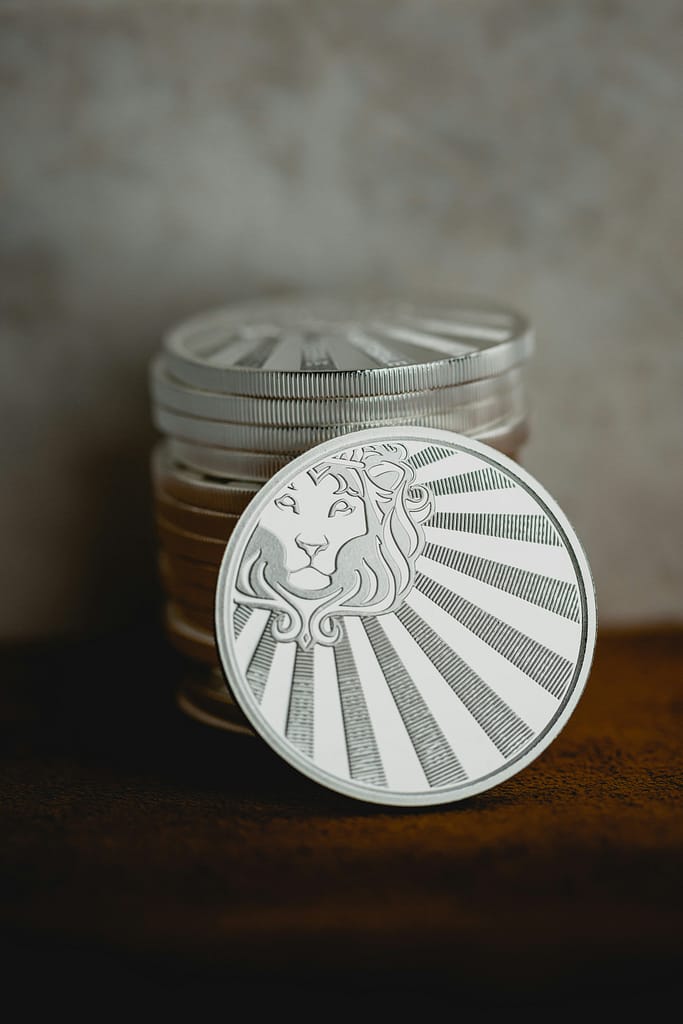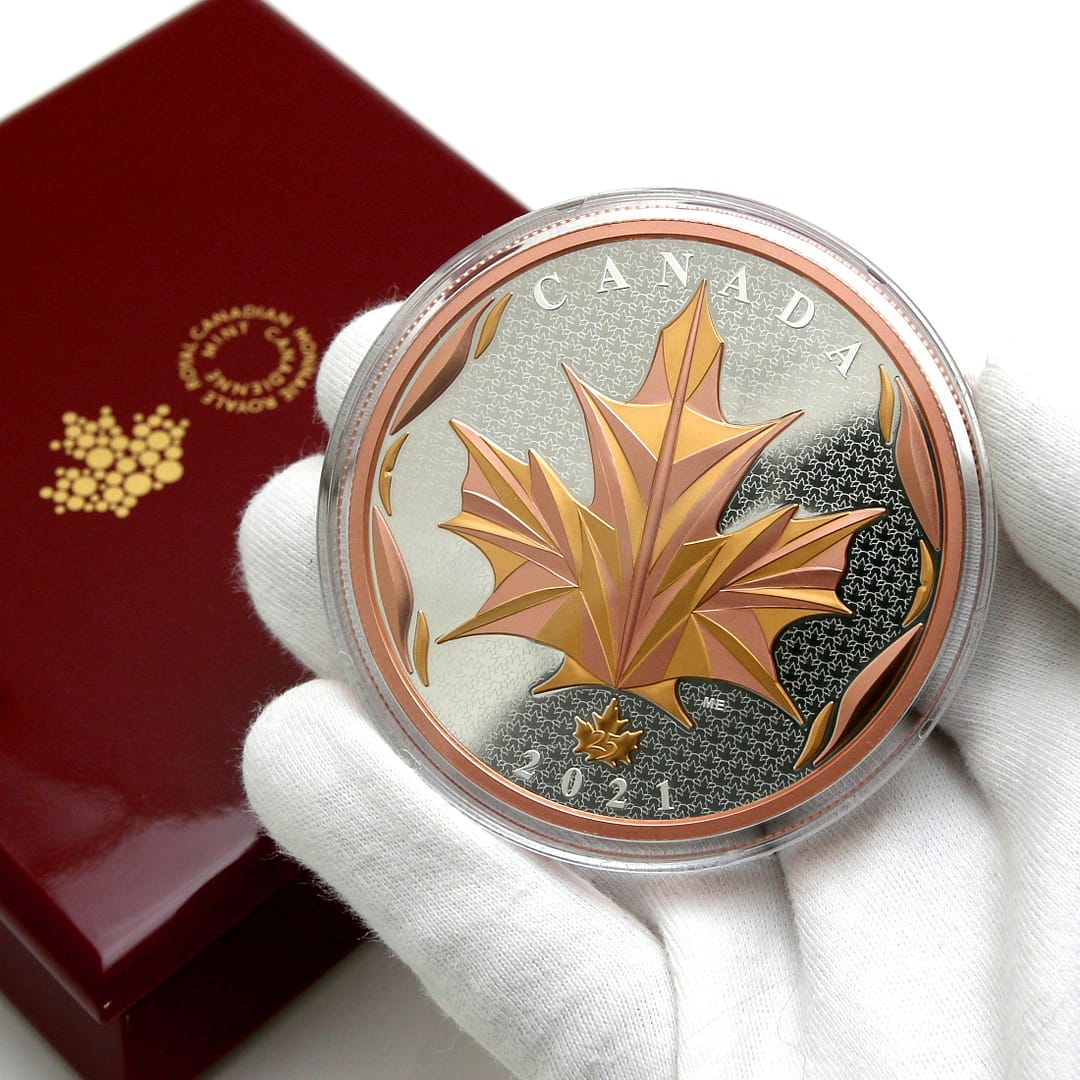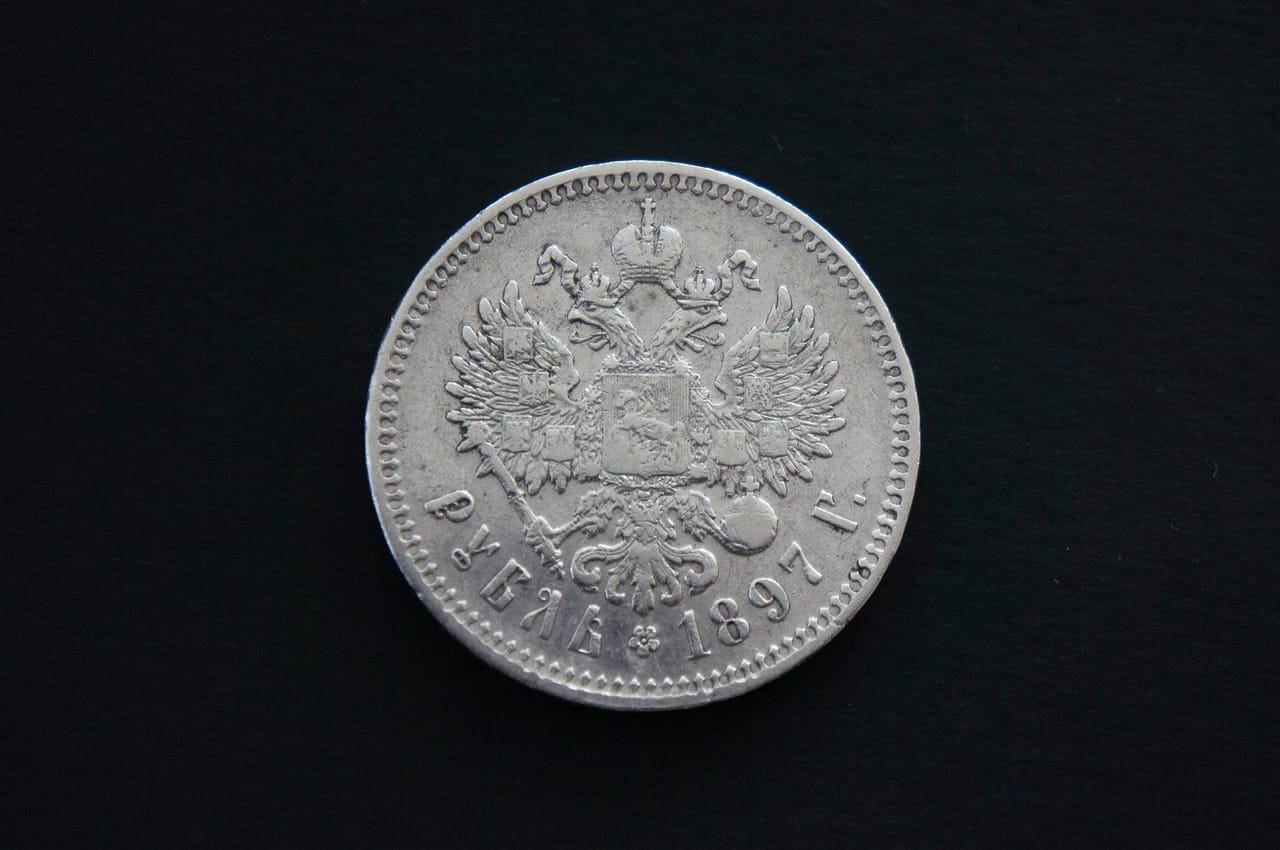Discovering Silver Coin Mint in the Global Economy
The Unsung Hero of Silver Coin Mint

By: Silver Coin Mint and Silver Coin Surplus
Date: July 2, 2024
How Silver Coin Mint Has Driven Global Economies for Centuries
Silver coin mint and the minting process has been a fundamental aspect of global economies for centuries, playing a pivotal role in trade, finance, and the overall development of societies worldwide. Throughout history, silver coins have served as a reliable medium of exchange, constantly driving economic growth and prosperity across various civilizations.
The significance of silver coin mint and the minting process dates back to ancient times when the first coins were minted in the kingdoms of Lydia and Greece around the 7th century BC. These early silver coins revolutionized commerce by providing a standardized form of currency that facilitated trade and enabled economic transactions to flourish. The inherent value of silver made it an ideal medium for coinage, as it was relatively scarce, durable, and easily divisible, making it highly suitable for everyday transactions.
As time progressed, the widespread use of silver coins further solidified their importance in shaping global economies. During the medieval period, the introduction of silver coinage in Europe contributed to the expansion of trade routes, stimulated economic growth, and laid the foundation for the rise of powerful empires and mercantile economies. The consistent demand for silver coins fueled international trade, leading to the establishment of thriving commercial centers and the enrichment of nations.
The enduring nature of silver as a valuable commodity continued to exert influence on global economies during the Age of Exploration and the subsequent early modern period. Silver from the mines of the New World, particularly in present-day Mexico and Peru, became a vital source of wealth for European powers, as it flowed into their treasuries and facilitated the expansion of their economic influence. This influx of silver significantly impacted global trade dynamics, leading to the integration of distant regions and the emergence of a truly interconnected world economy.
In more recent history, silver coin mint and the minting process has continued to play a crucial role in shaping global financial systems. The adoption of silver standards and the minting of silver coins by numerous countries further underscored the metal’s enduring significance as a cornerstone of monetary systems. Silver’s intrinsic value and durability have made it an enduring store of wealth, with silver coins serving as a trusted means of preserving and transferring value across generations.
Even in the modern era of digital transactions and fiat currencies, the importance of silver coin minting persists. Silver coins continue to be cherished for their tangible value, aesthetic appeal, and historical significance, making them sought-after collectibles and investment assets. The allure of owning physical silver coins reflects their enduring appeal as a timeless symbol of wealth and prosperity.
In conclusion, the enduring legacy of silver coin minting and its profound impact on global economies remain undeniable. Throughout history, silver coins have stood the test of time, serving as a steadfast catalyst for economic growth, trade expansion, and financial stability. As we look to the future, it is clear that the timeless allure of silver coins will continue to influence global economies, emblematic of the enduring power of precious metals to shape the world.



